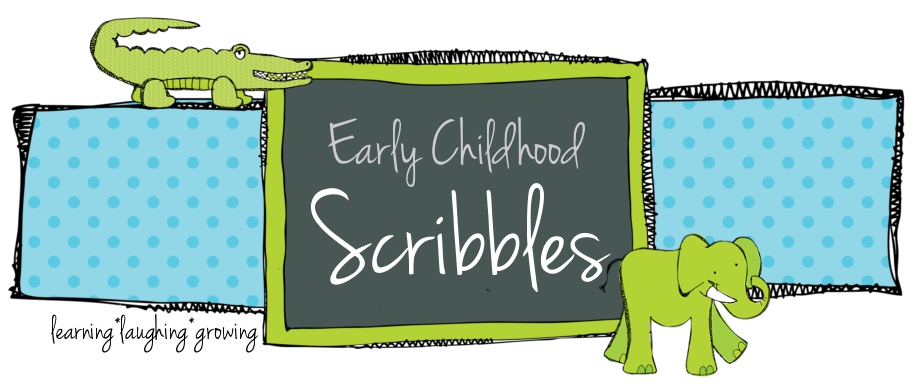As preschool teachers (and parents) we know how important it is for our students to have their hands on books. Experts say 10-15 books should be available PER student at all times. In my room with 18 students, that's a minimum of 180 books! Now, think about the first day of school. 18 preschoolers walk into the classroom and begin grabbing books off the shelves and leaving them on the floor, fighting over books, walking on books, throwing books, coloring on books, ripping pages out of books, oh the chaotic nightmare can go on and on and on . . . but let's put an end to that right here. There's HOPE! You can have a large, book filled, and CALM classroom library that meets the literacy needs of the students without breaking the bank by replacing books every few months. Trust me you CAN! Yes you CAN! Just keep reading. . .
Teaching Preschoolers How to Care for Books
First rule of classroom management (in my book anyway), don't give students access to materials you haven't discussed with them yet. Therefore, on the first day of school, I recommend either leaving your book shelves empty, covering them with something, or leaving the library center closed. A small book box will get your students through the first day or two of school, until you get a chance to discuss how to care for books.
(3 minutes)
I use a T-chart to facilitate a discussion on proper care of books.
One side of the chart has a smily face and the other side has a sad face. I ask questions to get the kids thinking of happy and sad ways to care for books, and write their responses on the chart. Now I know some of you are saying . . ."but I teach PRESCHOOL they can't read." Here's why I use anchor charts/T-Charts/etc with my kiddos.
- I can read. Writing down their words allows me to remember what they've said. I can then go back and remind them of what THEY said were happy or sad choices.
- I consider this a shared writing experience. My students are being exposed to purposeful writing. They are learning that their spoken words can be written and written words have meaning.
- A lot of times, my TA will go back later and add little illustrations next to the words to increase the amount of meaning my students are able to pull out of the poster.
The students will have some great ideas of how to care and not care for books, but they may still need a little direction.
(5 minutes)
I found this WONDERFUL book (FOR FREE) over at kindergartenkindergarten for teaching my students how to care for our books.
Someone has not been taking care of this book! This book has been scribbled on, ripped, had things spilt on it, taken outside in the mud, and more. It's a silly way to show kids how not to take care of the book.
(3 minutes)
After reading the book, we go back to the T-chart and I ask the students if there is anything else we should add to our chart. If there are specific things I'm wanting to address (such as leaving books on the floor), I will guide students to discussing those choices.
(3 minutes)
When the T-chart is completed, I summarize their responses and tell them what our class expectations are for using books. Also, don't forget to discuss the WHY of the expectations. Why is it a sad choice to leave a book out on the floor? Possible answers could be; It might get stepped on or lost. I leave the T-chart up and we visit it daily for a few weeks. Usually before or after independent reading time.
My Expectations: I call them expectations not "rules", because they are more for my benefit. These are the things I'm guiding our discussions towards and reminding my students about. These are the things I want my students to learn about caring for books. I don't expect them to get them all the first day or even first week of school. There are no consequences for not following them (at least not at first) just gentle reminders.
- Books are for reading
- Books should be in your hands! Not just sitting on the floor waiting for someone to step on them . . .
- Hands should be clean and dry before touching books. (My students don't have to wash their hands before reading our books, but our independent reading time is right after snack time so I always remind my students to make sure their hands aren't dirty or sticky before touching the books.)
- One book per child at a time
- Be gentle with the books
- Share books by reading together and taking turns
Don't forget to STICK to your expectations. Monitor students in the library, giving gentle reminders to students who forget to put their book away, are being to rough, etc. Catch sad choices BEFORE they get out of control. One book left on the floor is a teachable moment, every book in your library on the floor is chaos.
I know this might sound like a lot, but it can be done in 10-15 minutes. Which is probably as long as preschoolers can sit at the beginning of the year! :)
Check back soon for tips on setting up a classroom library with 10-15 books available per student!






No comments:
Post a Comment